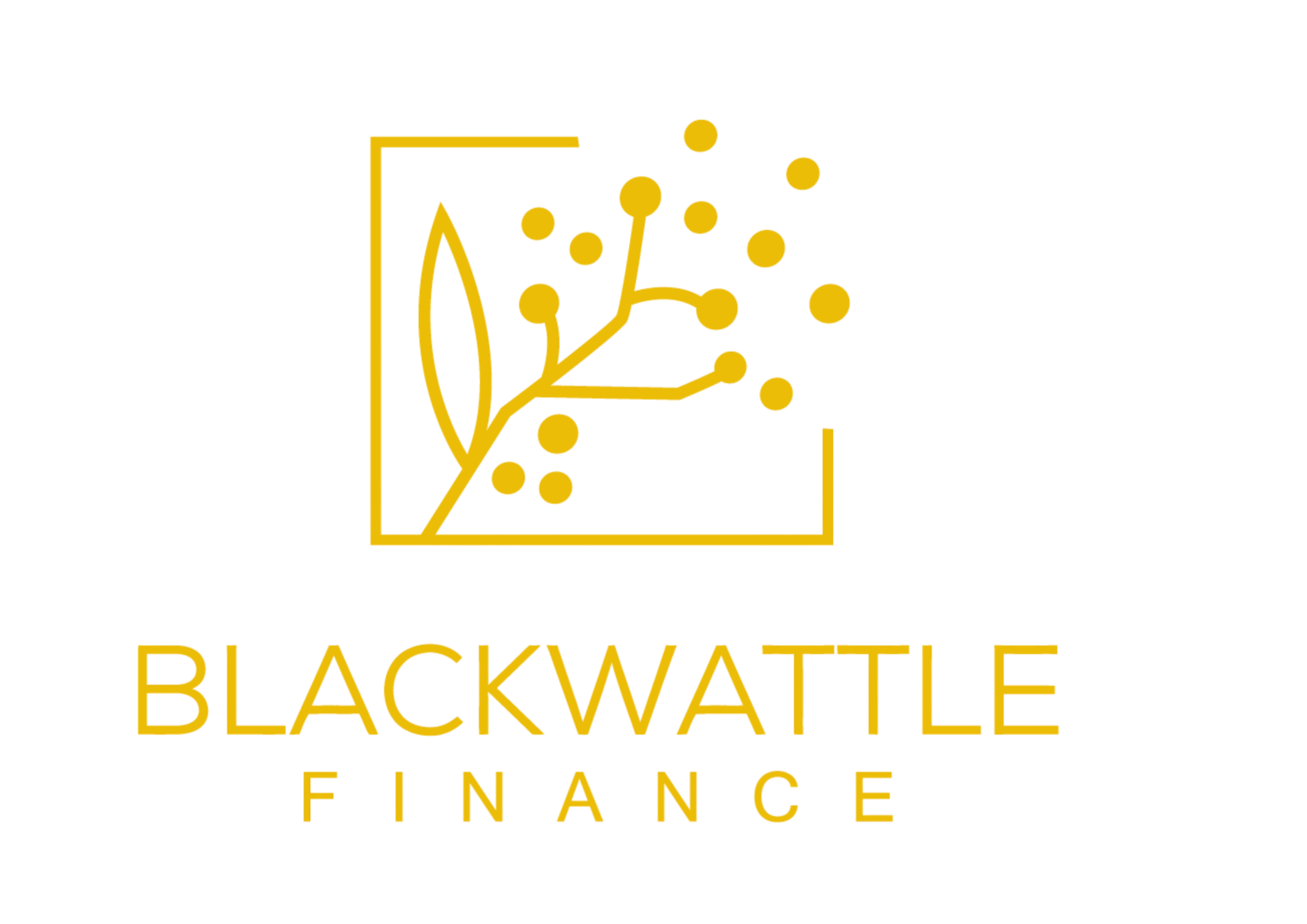A home loan is a big financial commitment – often the biggest one you will ever make – so getting the right loan is important.
If you want to make an informed choice, understanding the options available is a necessity. One of the biggest choices to make is whether to go with a fixed rate or a variable rate. There is no right and wrong when it comes to choosing fixed or variable rate; the choice is determined by your own preferences and personal circumstances.
Variable rate
A variable rate loan is one where the interest rate can fluctuate up or down at any time. Rate changes can be driven by a complex mix of economic factors. The Reserve Bank official cash rate is one main factor, but other things like wholesale funding and competitiveness of the home loan market will also have an impact. Variable rate loans are historically more popular than fixed rate loans.
Fixed rate
A fixed rate loan is one where for a period of time (usually between 1-5 years) the interest rate is locked in. During the fixed rate period you are at no risk of your repayments changing, regardless of what happens with the Reserve Bank cash rate or the broader economy. At the end of the fixed rate period the loan will automatically revert to a variable rate one.
The pros and cons
Variable - The biggest advantage of variable rate loans is flexibility. Variable rate loans will allow you to make unlimited extra payments, allow you to redraw any surplus payments, and will often have an offset facility. And if rates come down you will reap the benefits of the lower rate. On the flipside, if rates go up so will the amount that you pay.
Fixed - If rates start to rise while you’re in a fixed rate loan you won’t suffer from an increase in repayments. It’s the confidence this brings that makes fixed rates attractive for borrowers. Budgeting and managing cash flow is easy when you know that your repayments are fixed. Fixed rate loans typically offer less flexibility that variable rate loans, with restrictions on being able to make extra payments being a big one. If you wanted to refinance or sell your property during the fixed rate period there is usually a break cost fee.
Split loans
Splitting your borrowing into separate fixed and variable portions is a way to hedge your bets. This way you can get the peace of mind that a fixed rate offers while still maintaining a degree of flexibility with the variable portion. Split loans with an offset on the variable portion are a popular choice with borrowers.
When recommending an option we will take into account all of your circumstances. We will explain everything in detail so you are making informed choices. Everyone’s circumstances are unique and having quality broker like Blackwattle Finance in your corner will mean that you get the best option for you.

